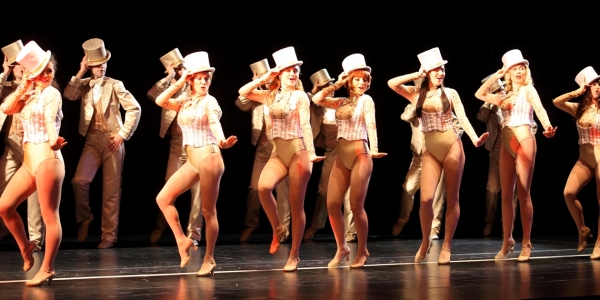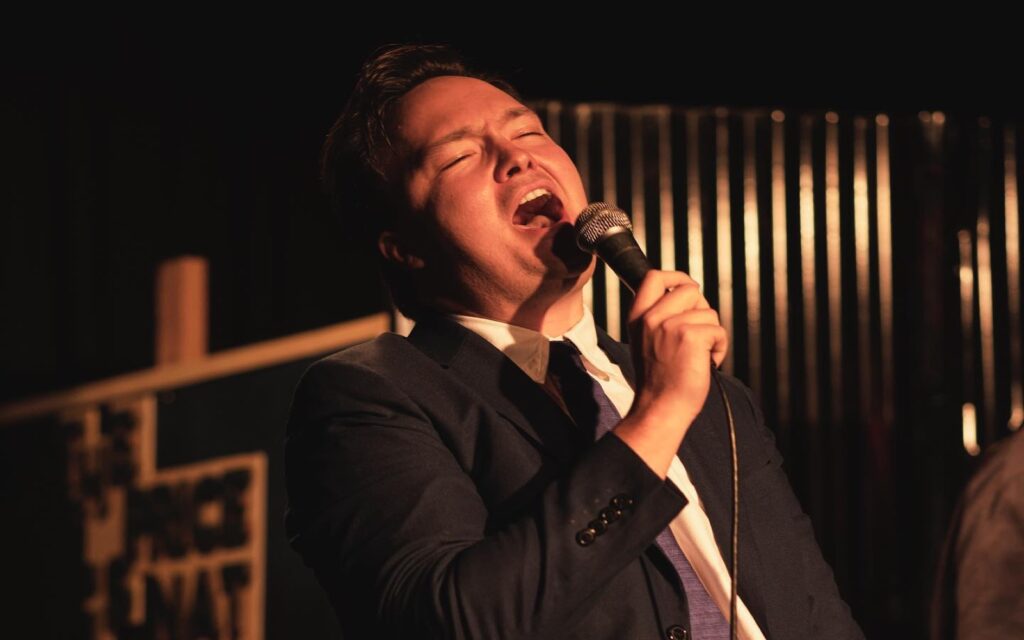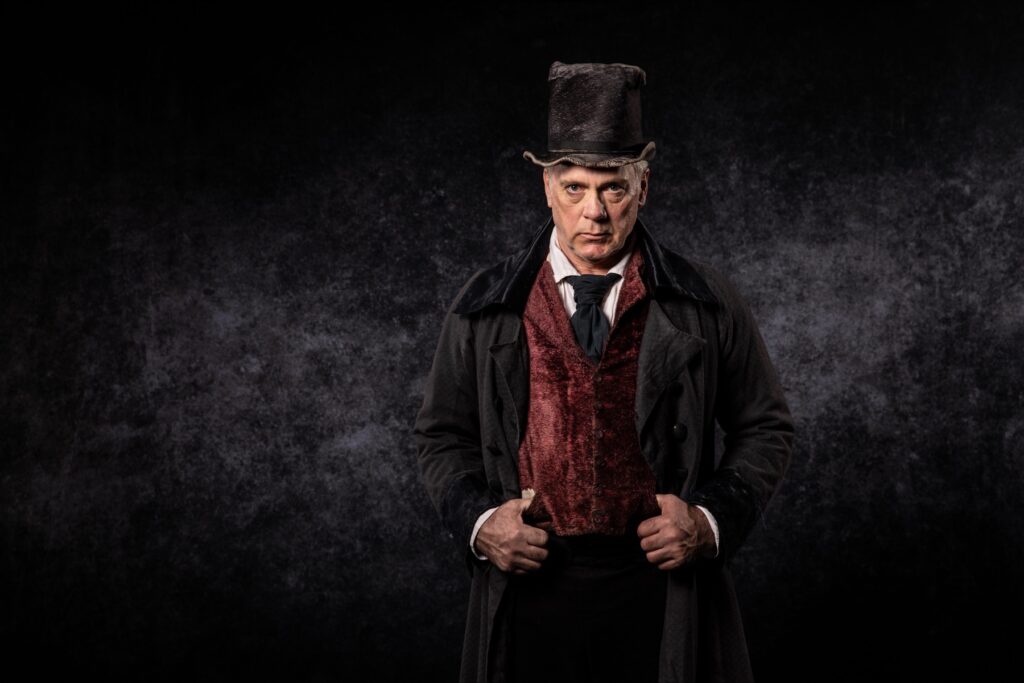I grew up watching the 1983 film adaptation of A Chorus Line, in which Michael Douglas peers awkwardly from the shadows while theatre actors ham it up on screen. Richard Attenborough’s movie didn’t rank well with the critics, but I loved it. Along with the criminally underrated film version of Jesus Christ Superstar and Liza Minnelli’s star turn in Cabaret, A Chorus Line triggered a somewhat shameful addiction to musical theatre that has dogged me throughout my adult life. I say ‘shameful’ because musical theatre is perceived as a twee, corny, sometimes crass but otherwise non-threatening art form designed for gay men and suburban housewives. I think this perception is partially accurate – a lot of musicals are just unending, rainbow-hued noise – but some of them, a few of them, have a complicated subtext. A Chorus Line is one of those. When I say it’s kind of depressing, I mean that as a compliment. Amongst the barrage of high-power, comical and cute numbers, this show presents the stories of people who are struggling towards a very difficult and yet very humble dream – to be one of the nameless characters that blend in around the stars of a major Broadway production. It’s depressing because despite how hard they try and how much we root for them, most of the people who sing that opening number won’t make it into the show.
After the first song, a bunch of dancers are cut and the remaining auditioners are asked to tell the director a little bit about themselves. This becomes an unpacking of the lives and dreams of professional dancers that is the whole purpose of the A Chorus Line. In the new Australian revival, singer/dancer/actor Renee Armstrong (last seen as Amber Von Tussel in Hairspray) plays the ditzy but adorable Judy, who is as desperate as everyone else to get a part. Renee understands the fear and hope of her character because she has experienced first-hand throughout her career.
“The scene where you walk into a room and they ask you to tell them a bit about yourself, that still happens,” she explains. “You walk into a room and stand on the cross, a couple of bits of masking tape on the floor, and you have to stand there and sing your song and they say, ‘Thank you’, and that’s it. All of those things are really real, and that’s one of the biggest reasons why dancers want to do this show. It’s so close to home. People don’t realise how much you have to go through for that moment on stage. They see you up there, or posting pictures of yourself in costume on Facebook, and they think it’s pure fun. It is, but it’s also really hard work. It’s really tough to even make it onto the stage.”
First mounted in 1975, A Chorus Line was the longest-running Broadway show until 1997 (when it was sadly eclipsed by the caterwauling nonsense that is Cats). It played over 6000 times to six and a half million people, and was one of the few musicals to win a Pulitzer Prize for Drama. Despite being a sort of navel-gazing excursion behind the musical theatre curtain, it has moved people. It still moves people.
“There are a lot of stories in there that are really, really touching,” Renee agrees. “As an audience member, watching someone wanting something or struggling towards something is really engaging. You can’t help but want to go on that journey with them. Watching them strive for their dream and achieving or failing, it’s entertaining. It’s like sport – you bat for the underdog, you feel for the person that loses and you love the person that wins. The show has a lot of heart.”
It’s true, A Chorus Line has lot of heart. That’s why I secretly, somewhat shamefully love it, and why I always will.
BY SIMONE UBALDI







